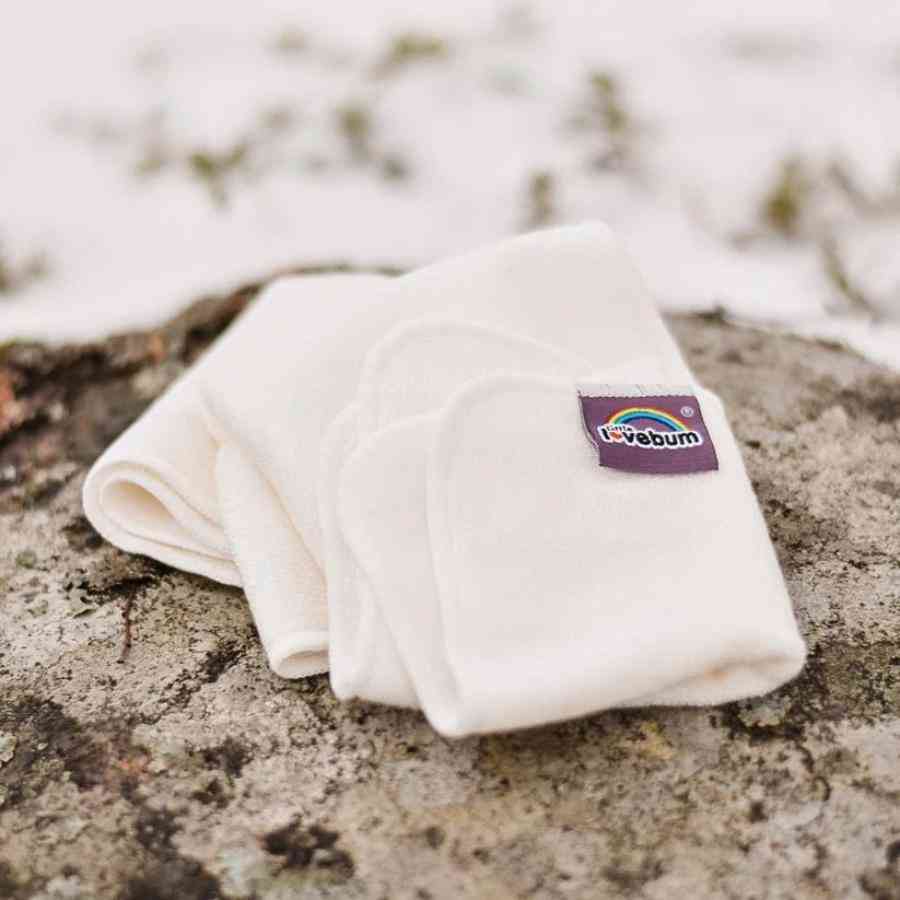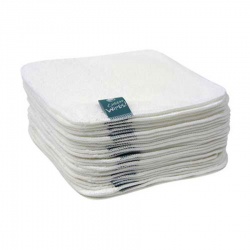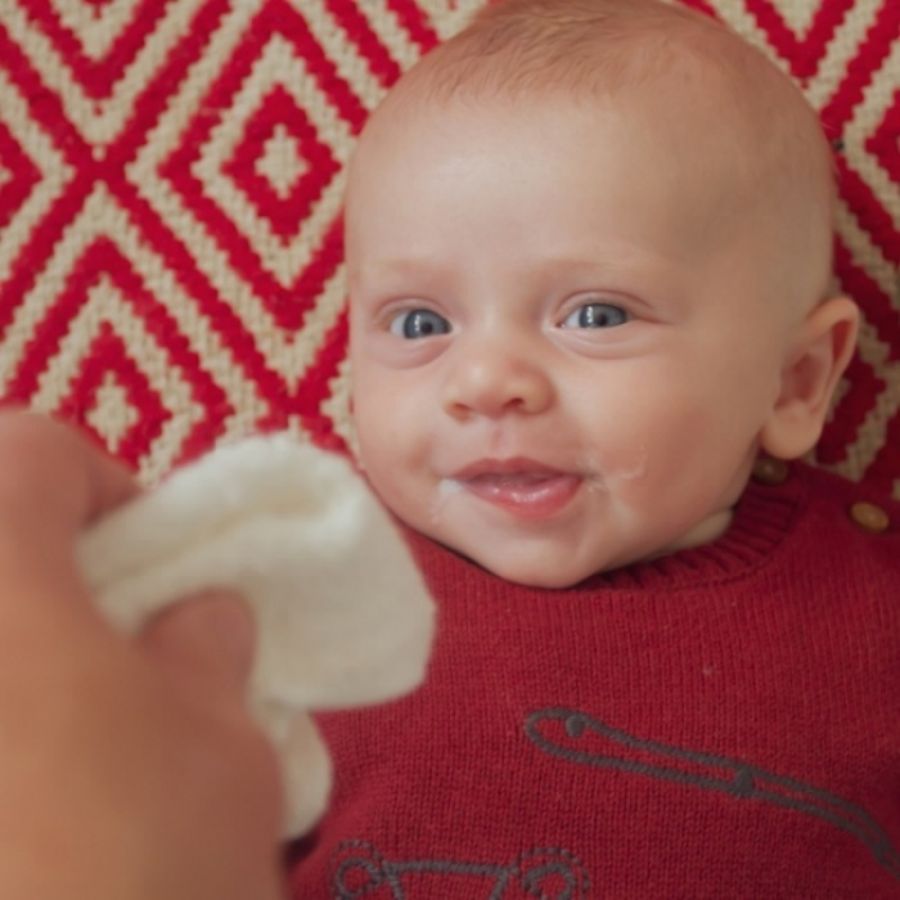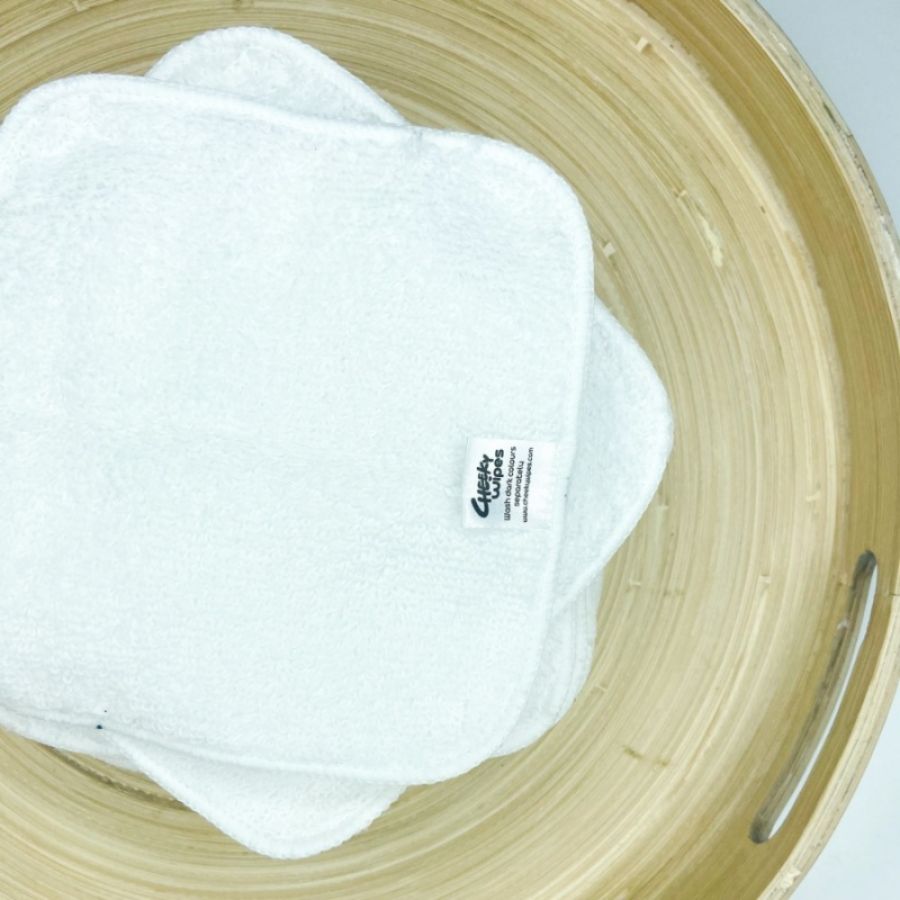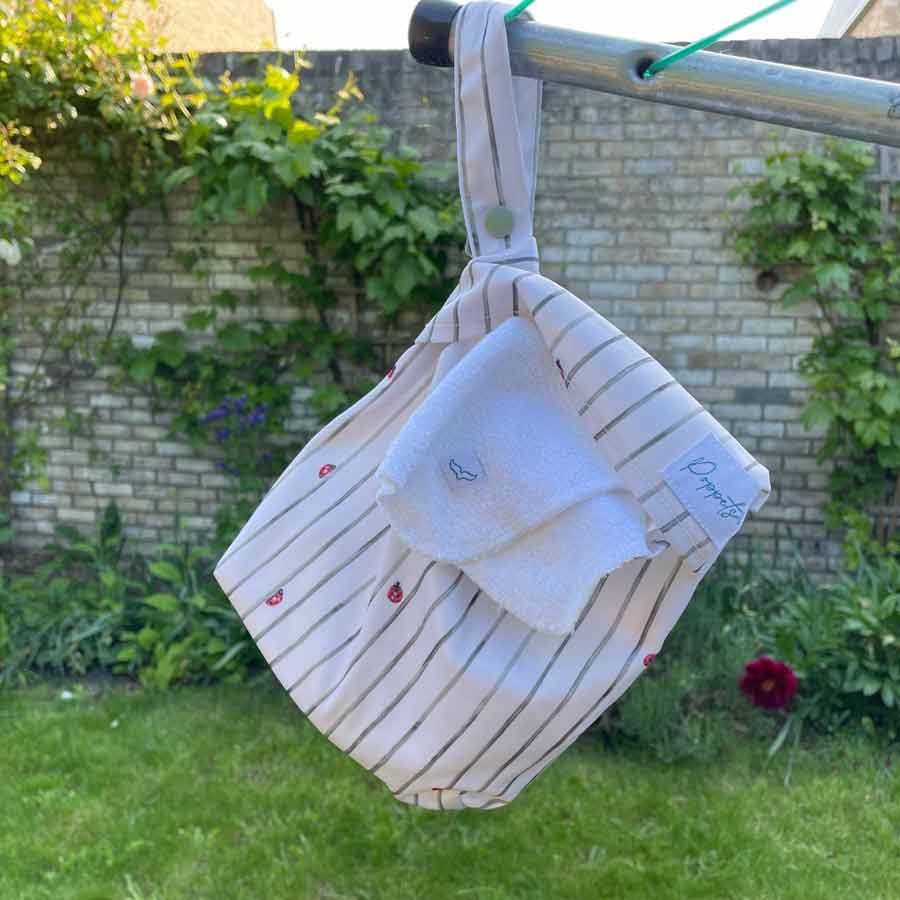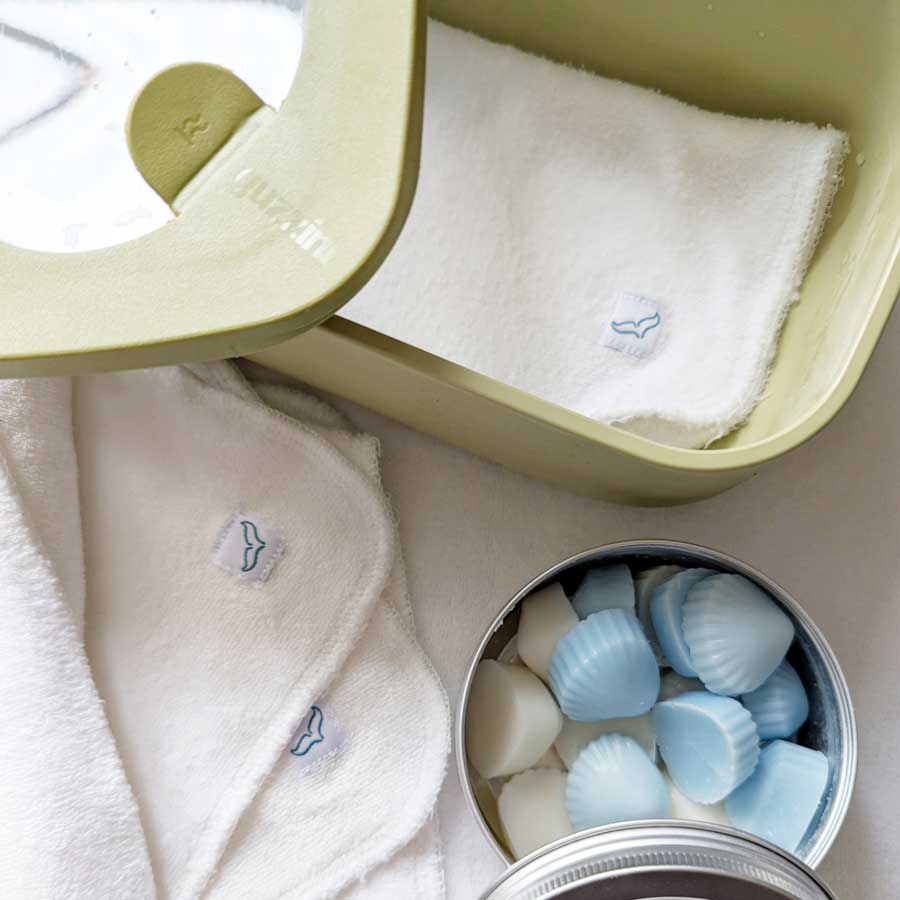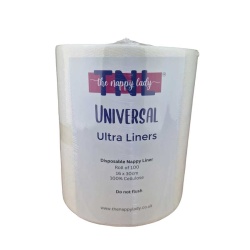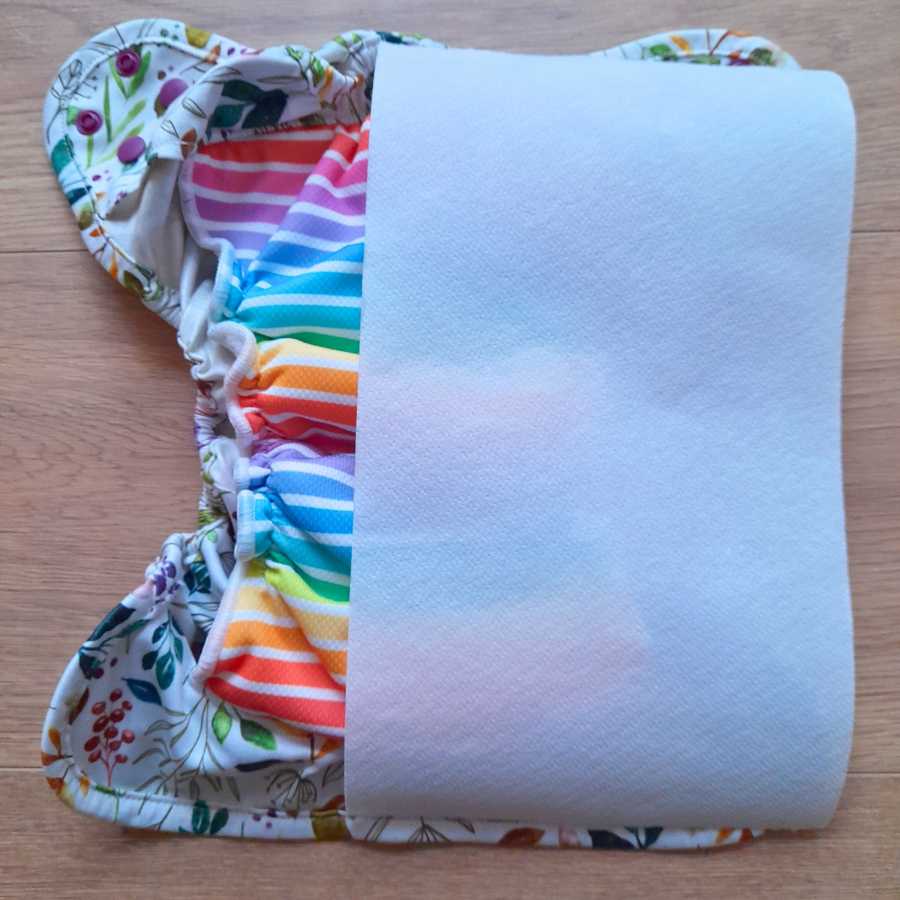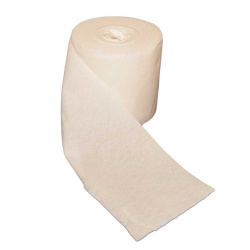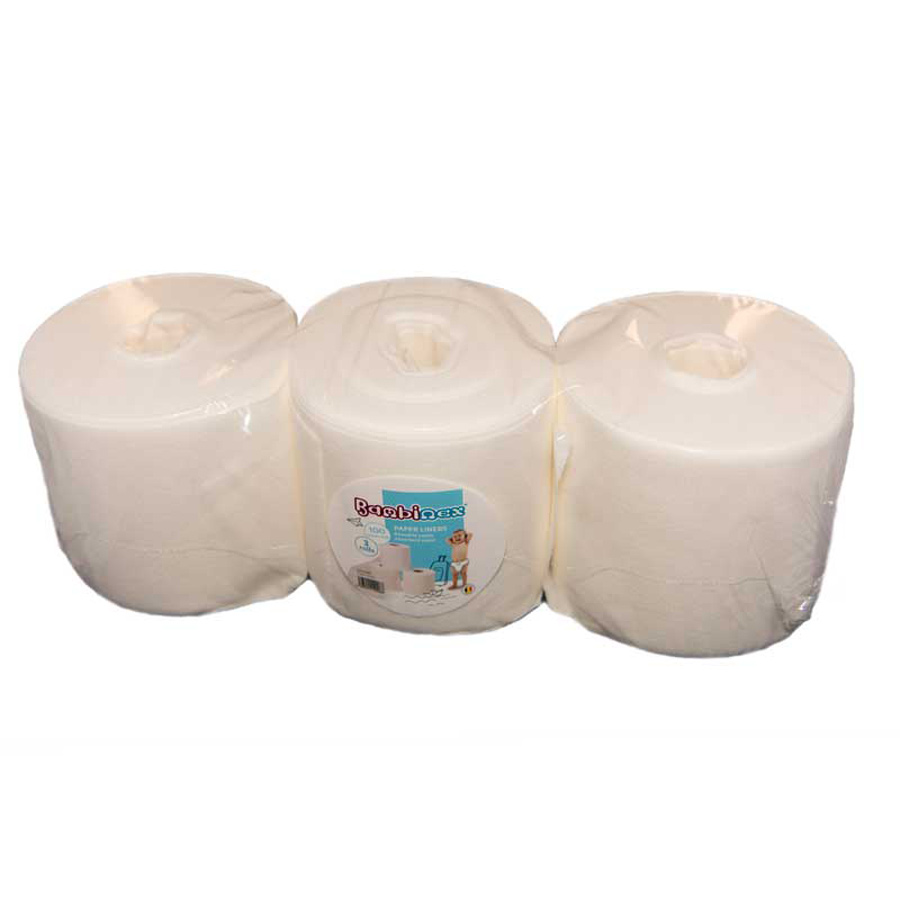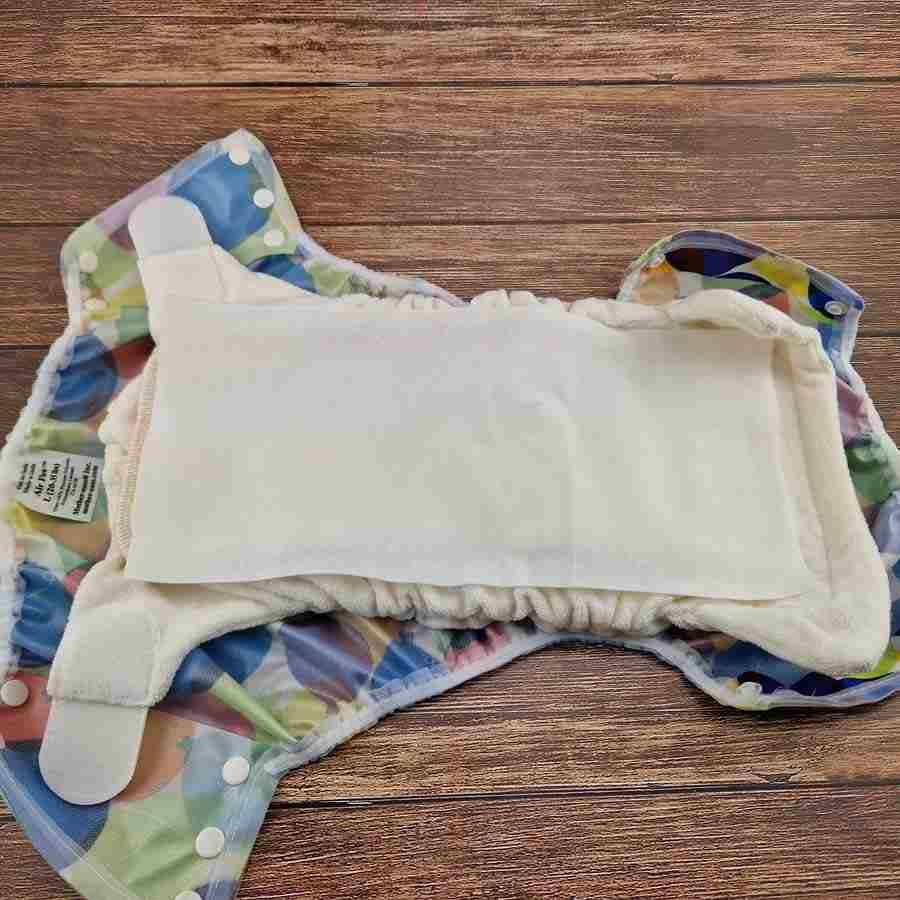Nappy Rash Advice
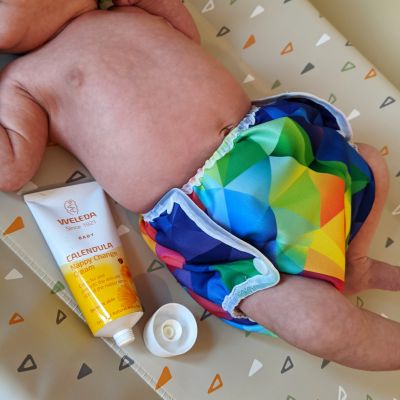
We are grateful to Dr Kiran Rahim, MBBS. MRCPCH for providing this article. Find her at The Munching Medic.
We could not talk about nappies and not mention nappy rash. Nappy rash is inflammation (dermatitis) that occurs around the nappy area (buttocks, thighs and genitals) and usually affects most babies at some stage. In fact research suggests 1 in 4 babies are affected by nappy rash at any one point. Nappy rash is commonly caused by irritation of the skin which can be due to multiple factors such as wetness, baby skin sensitivity and infection. Its important to know how nappy rash happens, recognise what nappy rash looks like and when to seek appropriate help.
Nappy Rash Symptoms
These will vary baby to baby. Redness may be more evident on lighter skin tones along with patches of tender areas. In darker skinned babies, the rash may look brown, purple or even grey. In cases of severe nappy rash, the skin might be swollen, peeling and even have breaks in it leading to bleeding. In some babies, the rash may cause them to feel very uncomfortable or irritable, particularly during nappy changes or when there is compression against the nappy area i.e. in seated positions and car seats.
Who Gets Nappy Rash?
Nappy rash can affect babies of any age, but the peak incident is around 9-12 months of age. Newborn babies and infants are more prone to nappy rash and girls are affected just as much as boys. Although baby's nappy rash is common, it is a real cause of concern for parents and accounts for about 25% of visits to GPs.
There are certain risk factors that make you more prone to nappy rash than others:
-
Age: During the first twelve months, your baby’s skin is thinner, more permeable, and has a higher pH level compared to adult skin. Babies under the age of 12 months have relatively immature thin skin, higher pH level compared to adult skin and their skin barrier is not as developed, making it more permeable. This makes them more susceptible to rash.
-
Irritation from stool/urine: prolonged exposure to urine or stool can irritate a baby's sensitive skin. Factors that influence the frequency of stools such as antibiotics, diarrhoea, allergies etc lead to increased bowel movements and make your baby more prone to nappy rash as stool is more irritating than urine. Prolonged time between nappy changes can also lead to rash.
-
Diet: as your baby grows and starts to eat solid foods, the bacteria in their gut/microbiome changes. The stool frequency and pH start to increase and nappy rash occurs more often. Breastfeeding is thought to be protective against nappy rash. Breastfed babies and children have a lower stool pH than formula-fed infants, which may help to prevent nappy rash. Certain food products such as those high in citric acid (tomatoes, oranges etc) can lead to nappy rash.
-
Chafing/Rubbing: ill-fitting or tight fitted nappies (either cloth or disposable) and clothes that rub against the skin can lead to rash.
-
Infection: fungal infection (thrush) is the commonest cause of nappy rash, followed by bacterial infection. The areas covered by a nappy, baby’s buttocks, thighs and genitals, are particularly vulnerable to rash because it's warm and moist, making it a perfect breeding ground for thrush and bacteria. A nappy rash due to infection will often penetrate the skin folds, creases and be associated with red dots around the skin folds/creases.
-
New Products: a new washing detergent, shampoo, or an ingredient in a lotion or oil can all irritate baby’s skin leading to rash.
-
Skin Sensitivity: babies with eczema and other skin conditions are more prone to nappy rash than others.
-
Wipes: particularly those that are fragranced or contain alcohol or a large number of ingredients can all irritate delicate skin. Methylisothiazolinone is a preservative often used in disposable wipes that can cause an allergic reaction in some babies leading to rash.
-
Antibiotics: antibiotics completely destroy the good bacteria in your baby’s gut and microbiome as well as the bad bacteria. The good bacteria prevents things like thrush occurring and therefore nappy rash. Antibiotics often also cause diarrhoea leading to increased risk of rash. If you are breastfeeding and taking antibiotics, this can also have a similar effect.
How to prevent Nappy Rash
The goal of managing baby's nappy rash is:
- To prevent rash occurring
- To heal any damaged skin.
The best way to prevent nappy rash is to keep the nappy area clean and dry. Some other things that can help treat nappy rash are:
Check and Change Regularly
This is particularly important for soiled nappies as poo has enzymes that are more irritant to the skin.
Use nappies with stay dry features
These will keep baby's bottom drier for longer. Alternatively you can use fleece liners.
Some examples of nappies with a stay-dry lining:
Warm water
Cleaning baby's skin and the genital area gently with water at each nappy change can help some babies with rash. You can also use wet cloth wipes to wipe, then gently pat dry the bottom area. Never rub or scrub baby's bottom.
Reusable wipes for nappy changes:
Air your baby's bottom
Try to leave baby out of nappies for regular short periods to let their skin breathe and let the rash dry. For mild nappy rash this can help the skin heal quite quickly.
Barrier Cream & Nappy Rash Creams
Barrier cream is are good for both treatment and prevention. Barrier cream improves the skin barrier function, improve skin integrity and act as a barrier between baby's skin and urine/stool. These should not be rubbed in to the skin. A nappy rash ointment containing petroleum or zinc oxide is often good at managing rash. Examples include zinc and castor oil ointment BP, Metanium ointment, and white, soft paraffin BP ointment. Some barrier creams can stain cloth nappies so using disposable liners is recommended.
Thick liners that work well with nappy creams:
Cloth or Not?
Many parents new to cloth often wonder if the type of nappy makes a difference to nappy rash. When it comes to preventing nappy rash, there is no single nappy that is better than others and it is very much a case of trial and error to find one that suits your child. If the detergent you use on cloth nappies seems to cause a rash, try another but also review your washing method to ensure they are being washed thoroughly. Revisit our washing nappies guidance article.
A common Cloth Nappy Myth is that cloth nappies cause nappy rash. There is no conclusive evidence in medical literature to suggest this! In fact in a recent review of available medical literature, authors were not able to conclude that disposable nappies cause less rash. It was apparent that better absorbing nappies were more likely to cause less rash.
If you find that your baby has repeated nappy rash in cloth nappies it's always best to not just treat the symptoms, but to see what might be causing it, to avoid it happening again. Nappy rash in a baby wearing cloth nappies is commonly related to not changing frequently enough, or issues in the washing routine including incorrect detergent dosage, wash load size, wash cycle length and more. If you are concerned, our troubleshooting questionnaire is designed to look at your whole routine, help identify any potential issues and help you to resolve them. It will never do any harm to run a strip wash cycle to give nappies a 'reset' or deep clean, so we'd always recommend trying this while we work through the solution with you.
Final Note
- Nappy rash can be distressing for infants and their families.
- There is not one method of cloth nappies that will prevent nappy rash but prevention is always better than cure.
- Nappy rash is one of the most common skin conditions found in infants.
- Skincare practices and products, such as soap, bubble bath, lotions and talcum powder, used in the nappy area have the potential to cause skin damage.
You know your baby best, so if you are worried about their nappy rash or anything else please discuss your concerns with a healthcare professional.
References
Atherton DJ. Understanding irritant napkin dermatitis. International Journal of Dermatology. 2016; 55:(1)7-
Baer EL, Davies MW, Easterbrook KJ. Disposable nappies for preventing napkin dermatitis in infants. Cochrane Database Systematic Review. 2006; (3) https://doi.org/10.1002/14651858.CD004262.pub2
Benitez Ojeda AB, Mendez MD. Diaper Dermatitis. [Updated 2021 Jul 22]. In: StatPearls [Internet]. Treasure Island (FL): StatPearls Publishing; 2022 Jan-. Available from: https://www.ncbi.nlm.nih.gov/books/NBK559067/
Blume-Peytavi U, Kanti V. Prevention and treatment of diaper dermatitis. Pediatr Dermatol. 2018 Mar;35 Suppl 1:s19-s23. [PubMed]
Merrill L. Prevention, treatment and parent education for diaper dermatitis. Nursing for Women's Health. 2015; 19:(4)324-336 https://doi.org/10.1111/1751-486X.12218
Rahma A, Lane ME. Skin Barrier Function in Infants: Update and Outlook. Pharmaceutics. 2022;14(2):433. Published 2022 Feb 17. doi:10.3390/pharmaceutics14020433
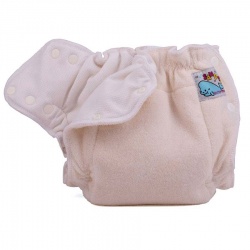
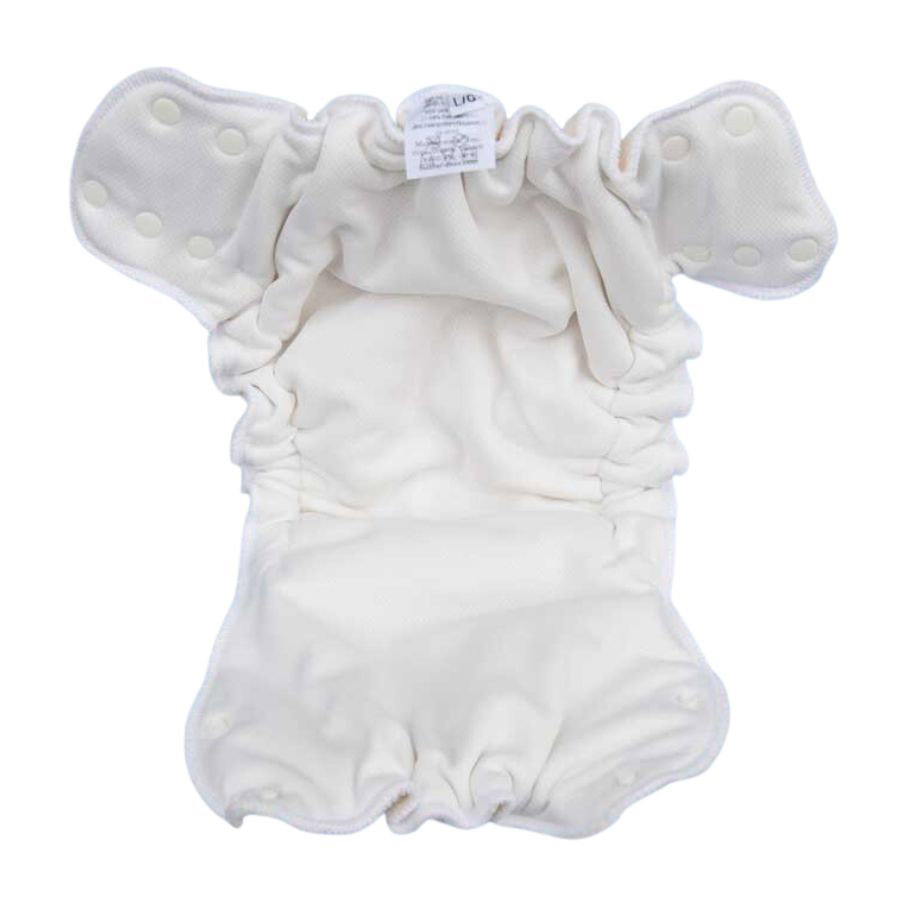
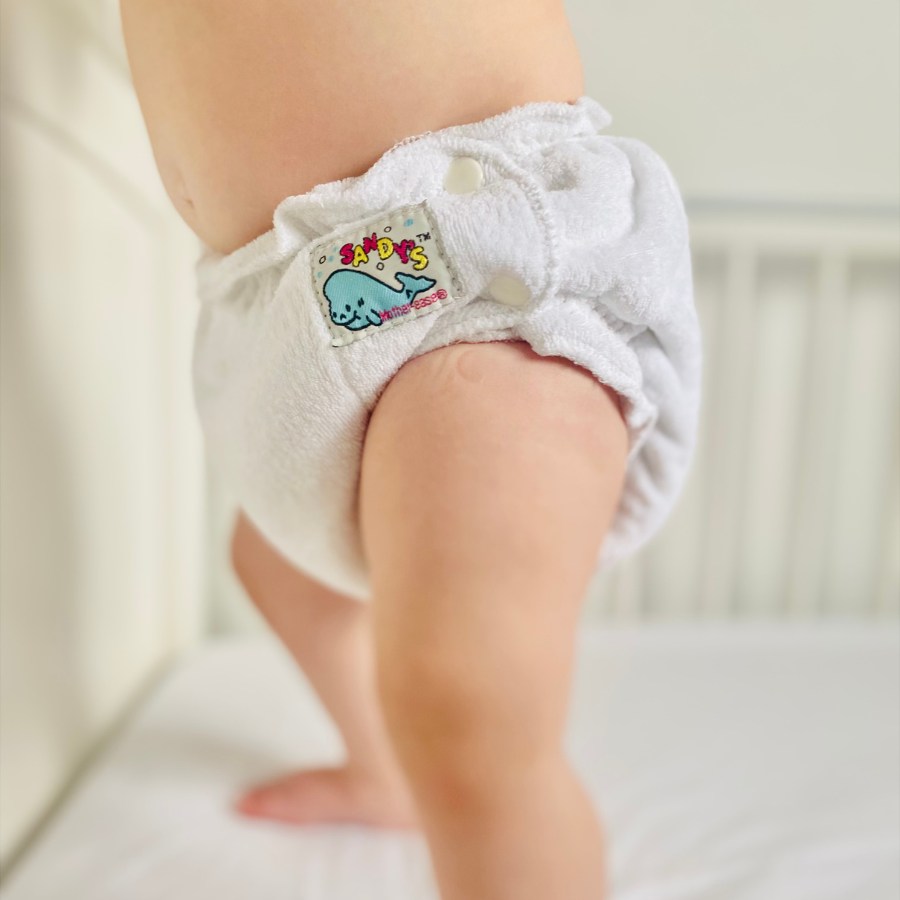
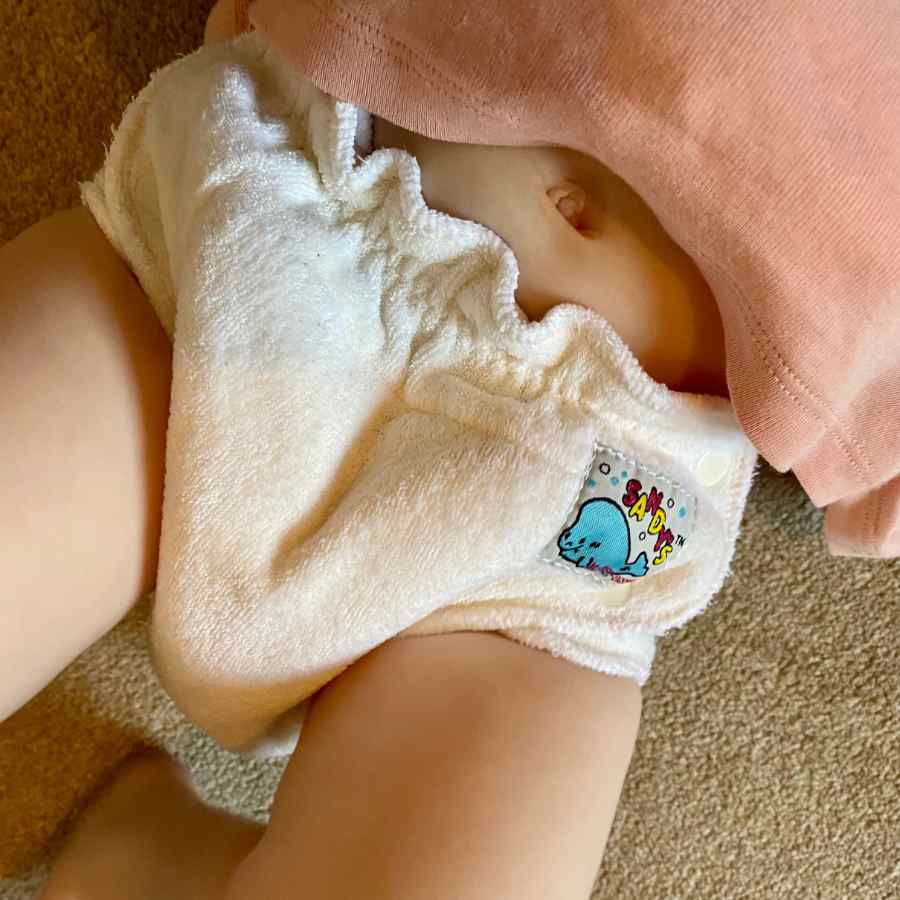
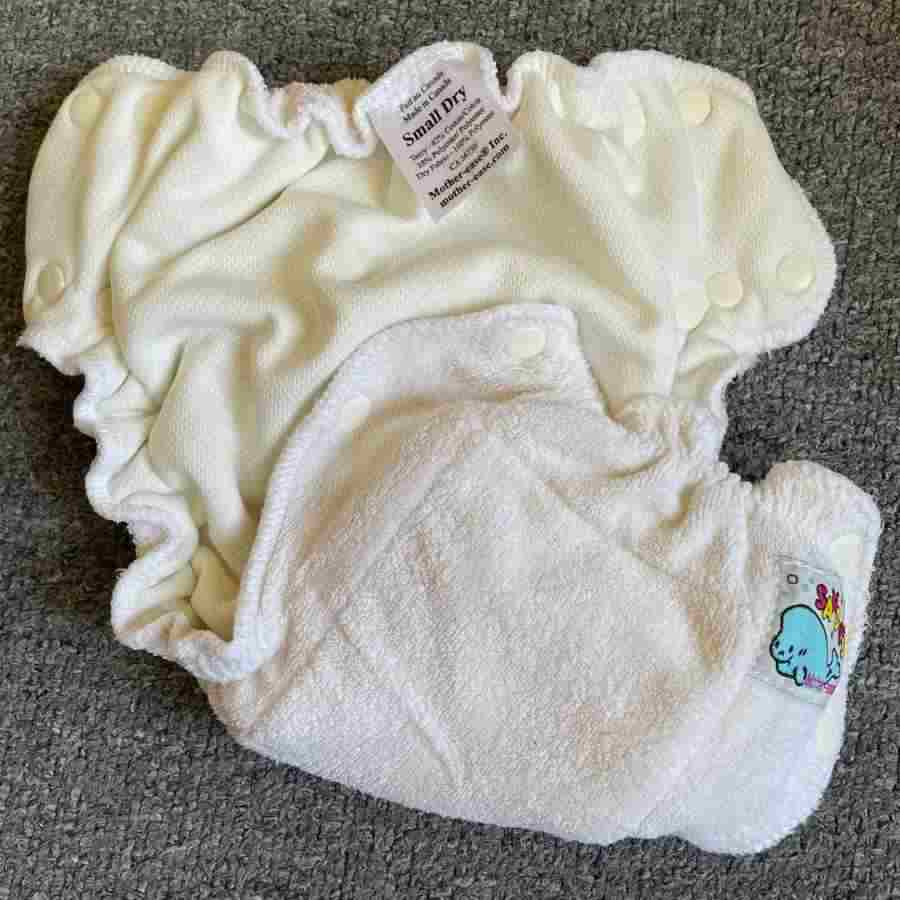
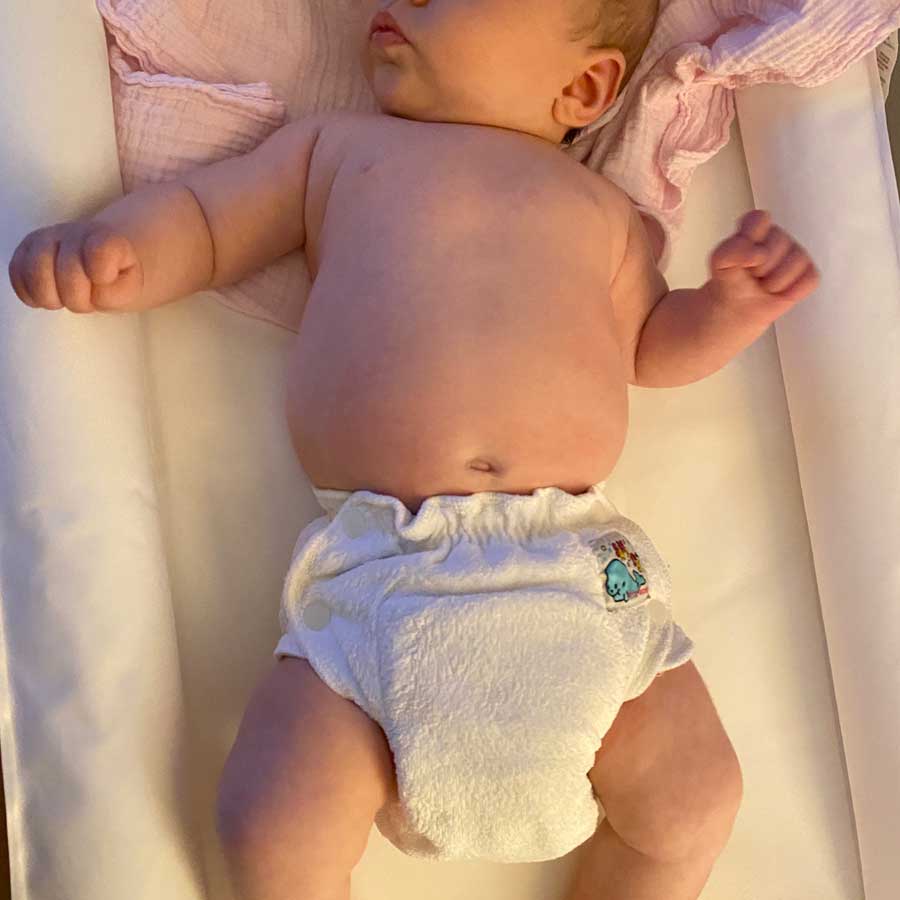
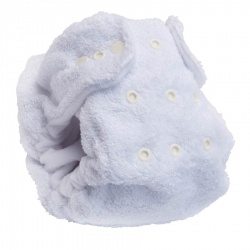
.jpg)
.jpg)
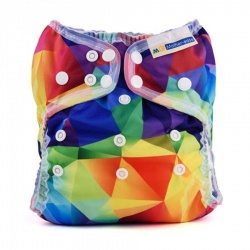
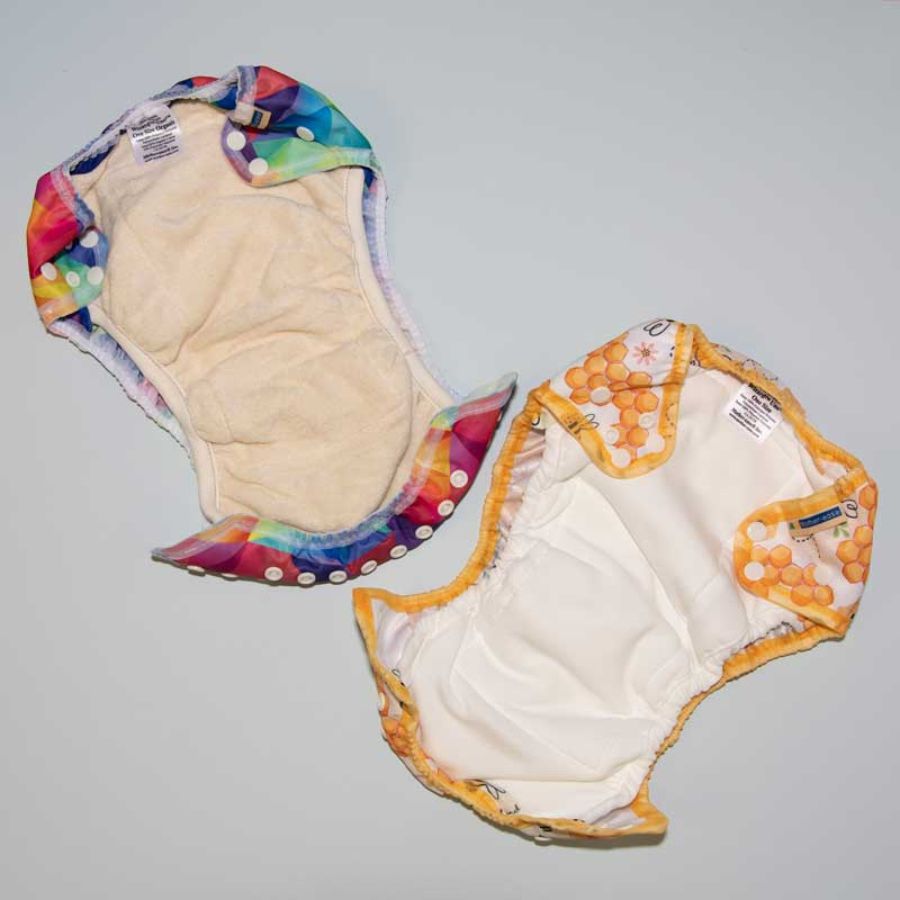

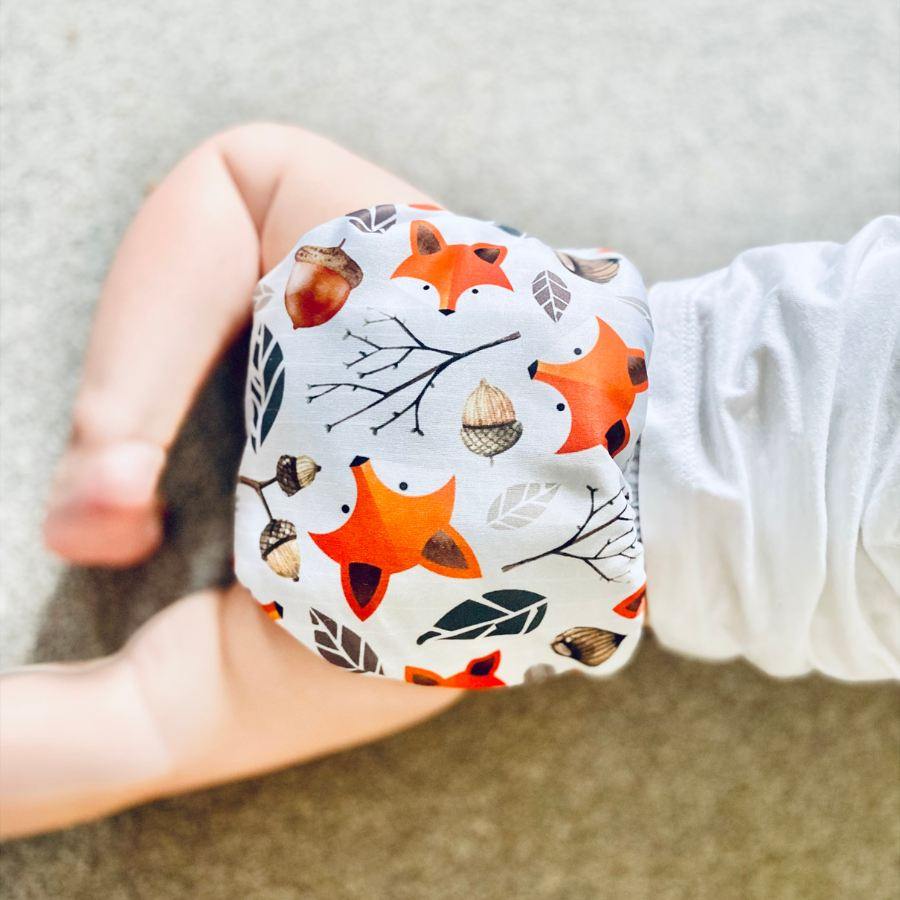
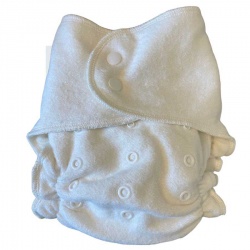
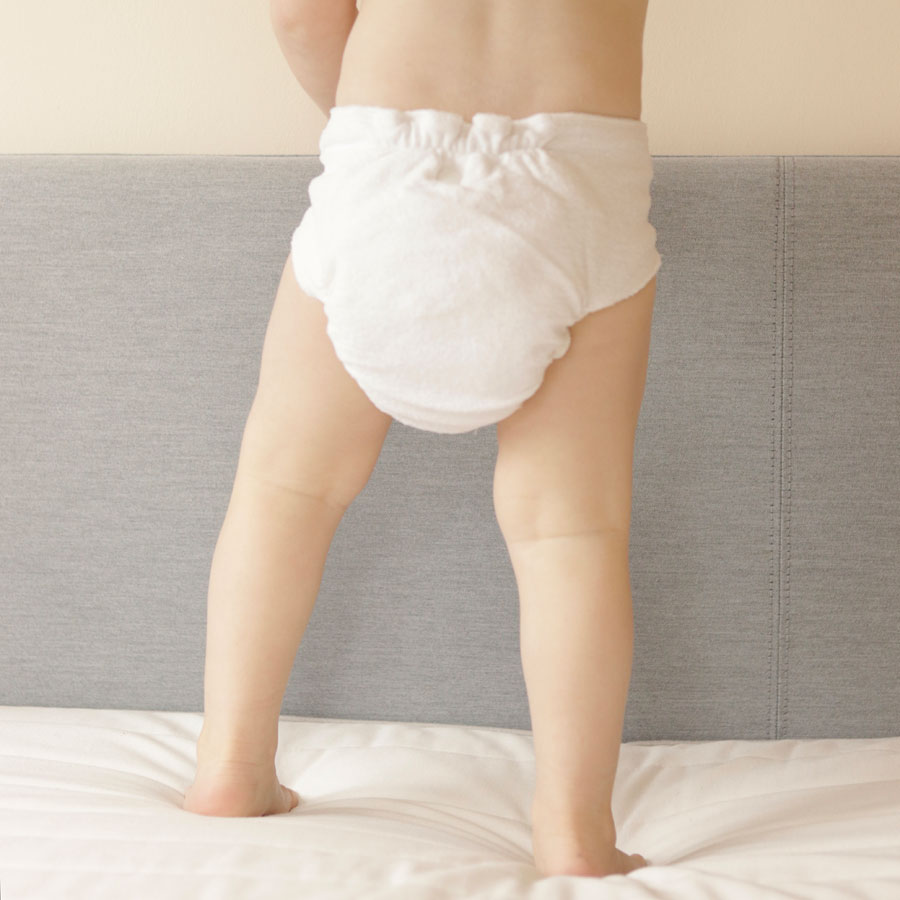
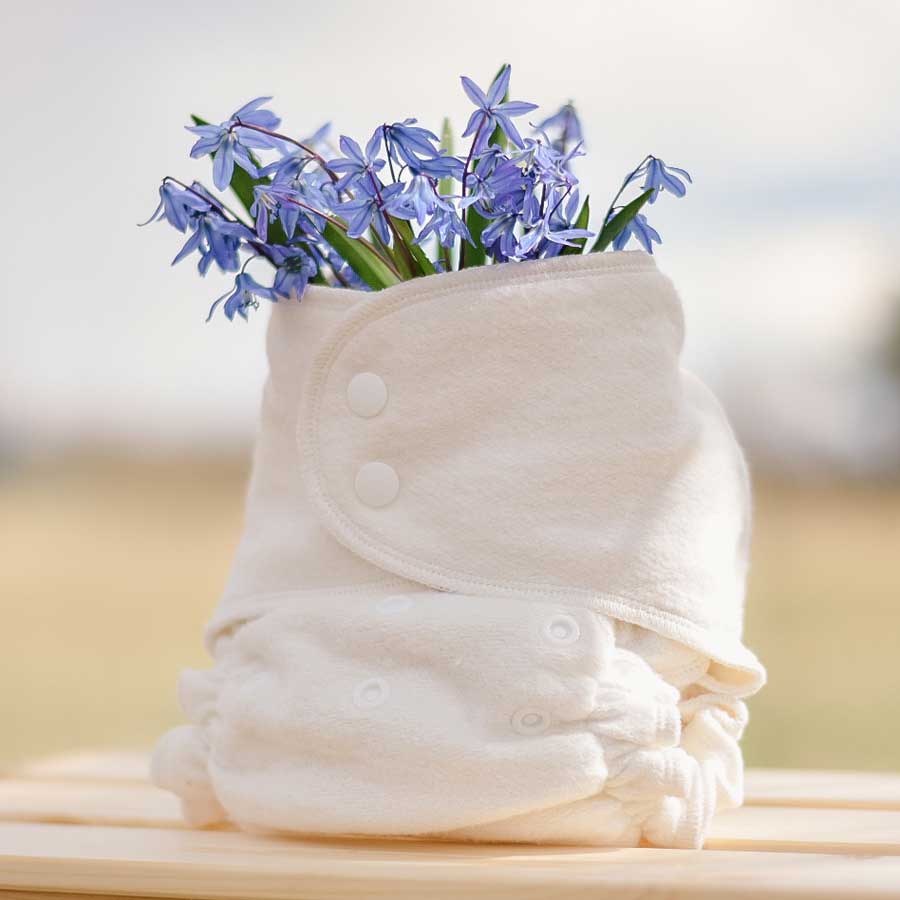
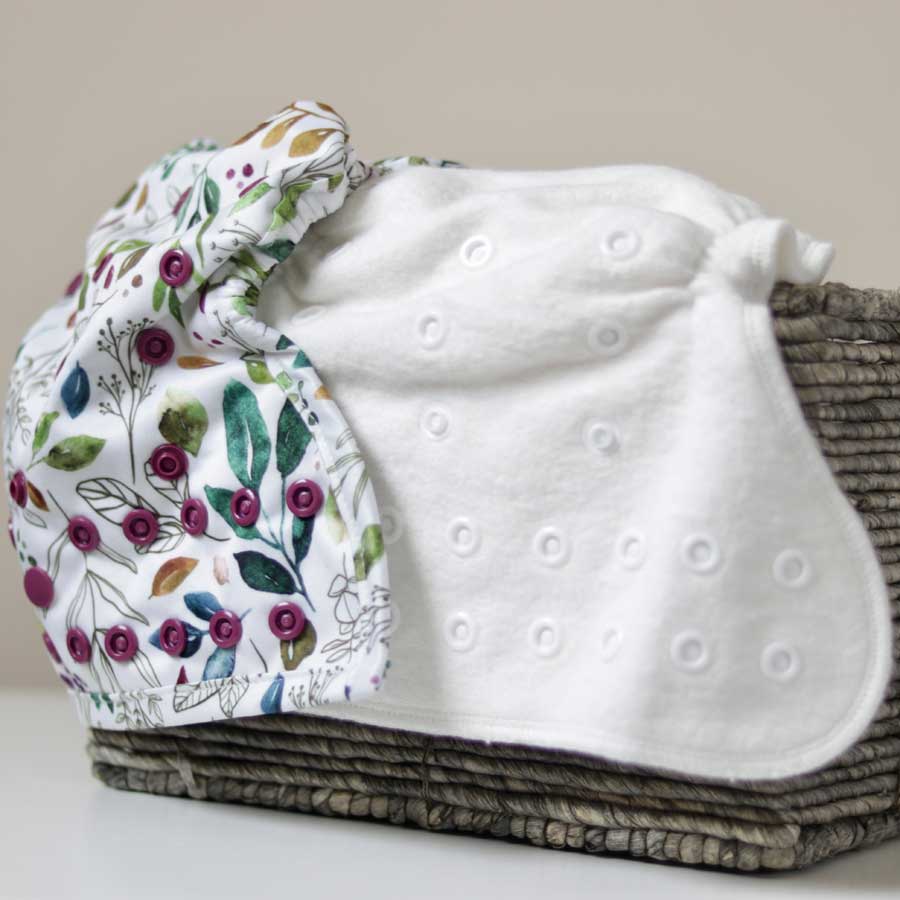
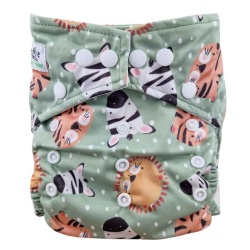
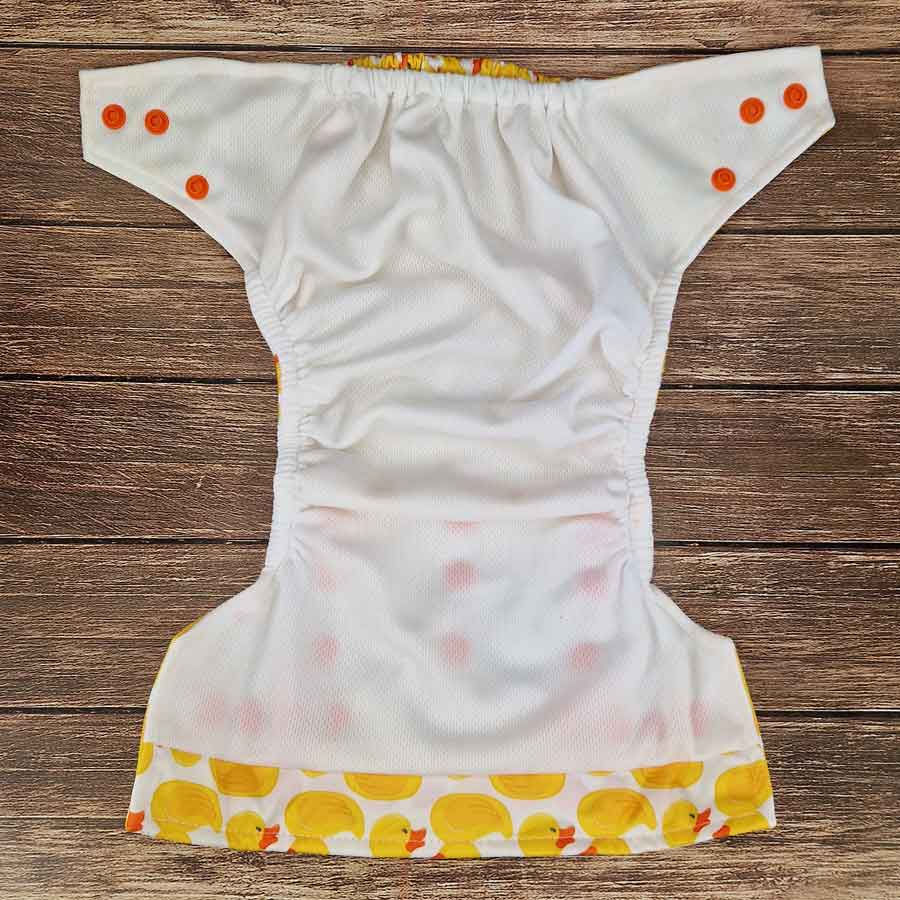
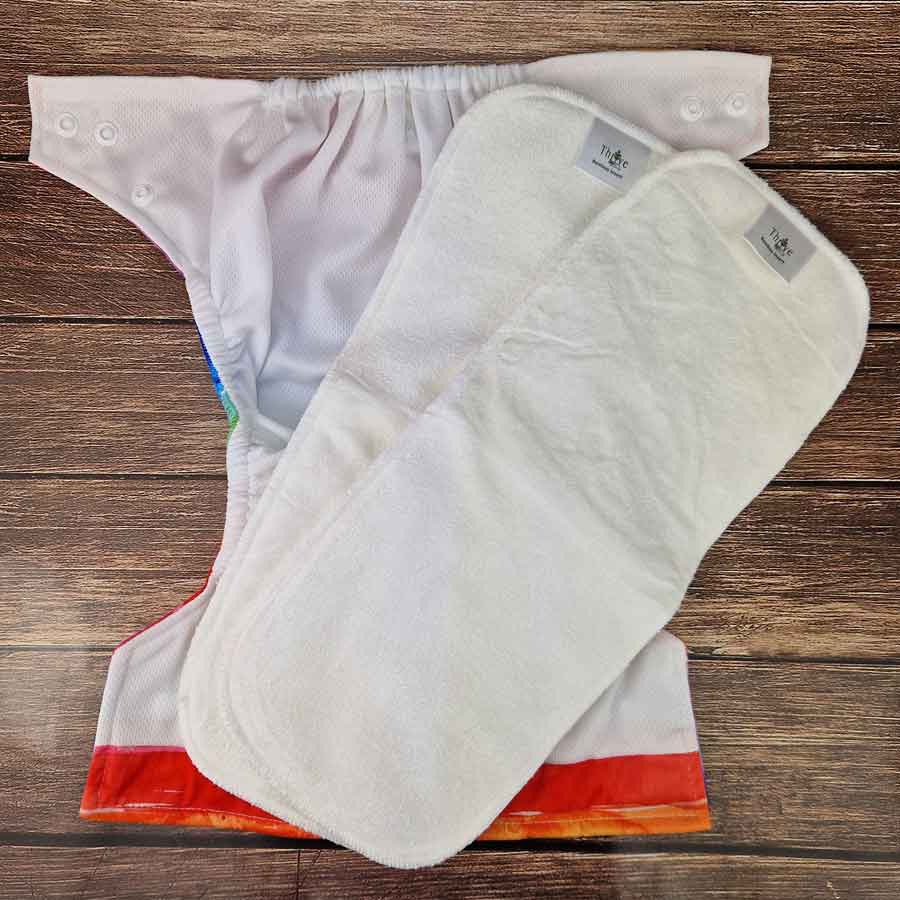
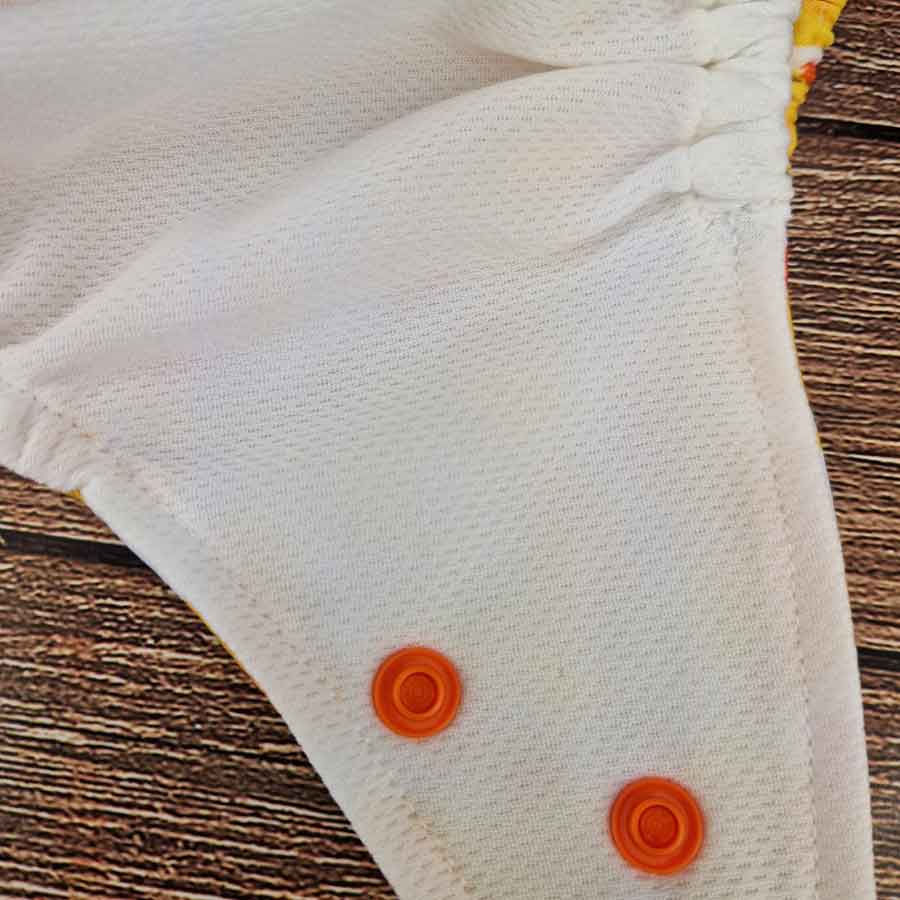
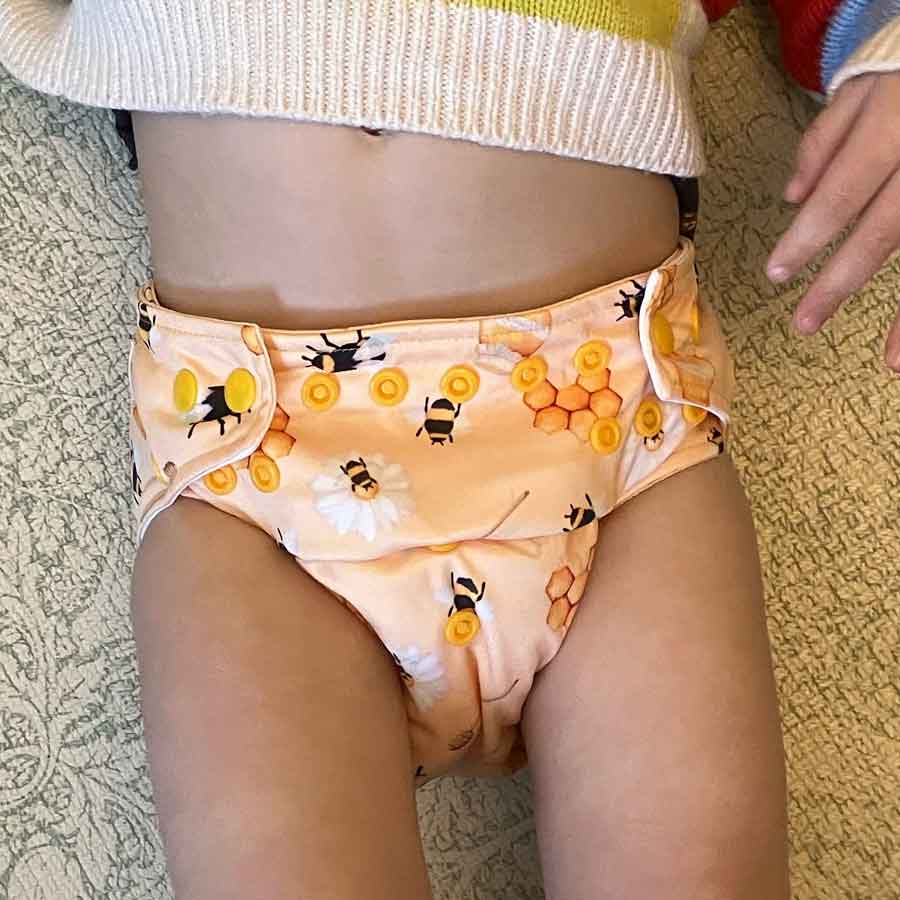
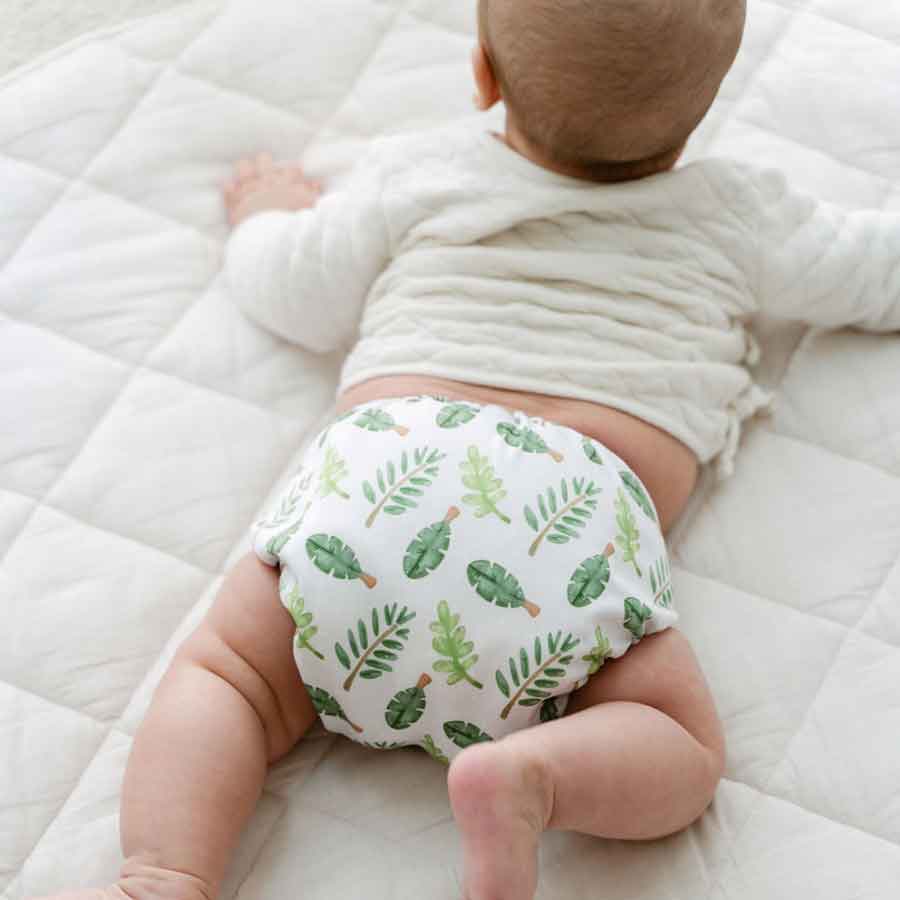
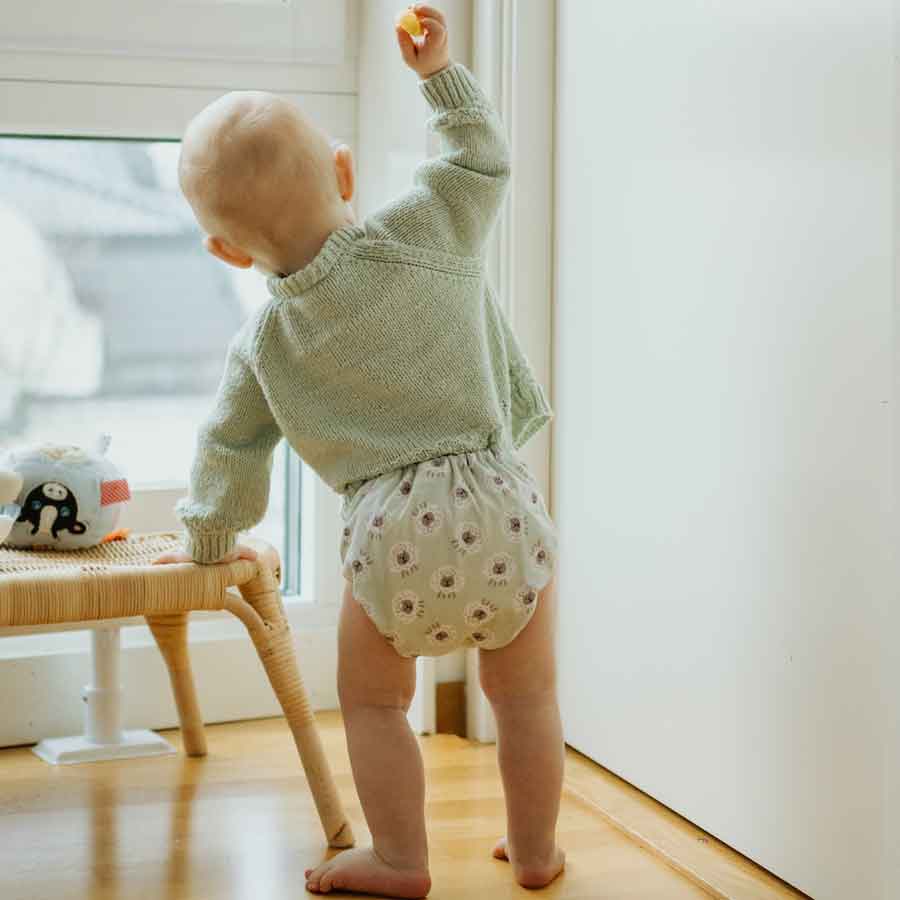
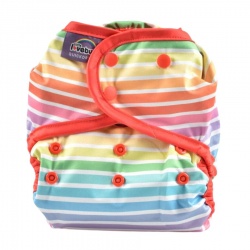

.jpg)
.jpg)
.jpg)
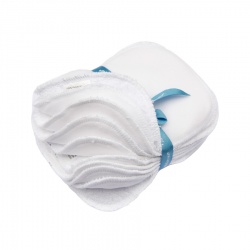
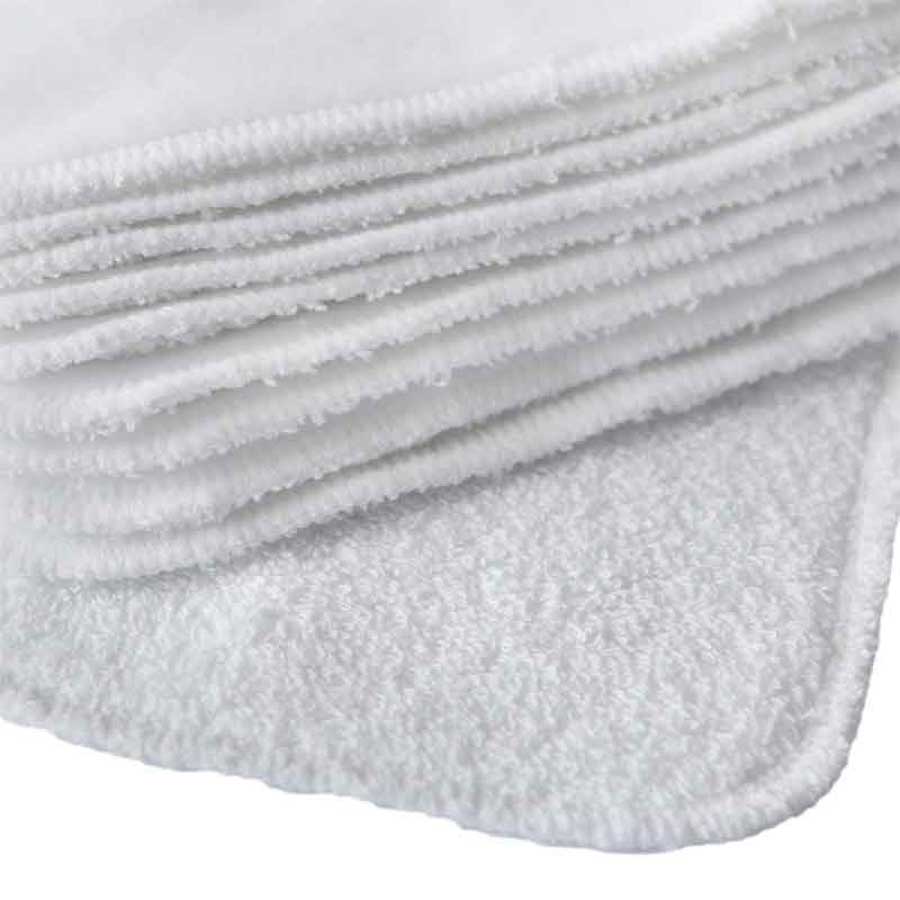
.jpg)
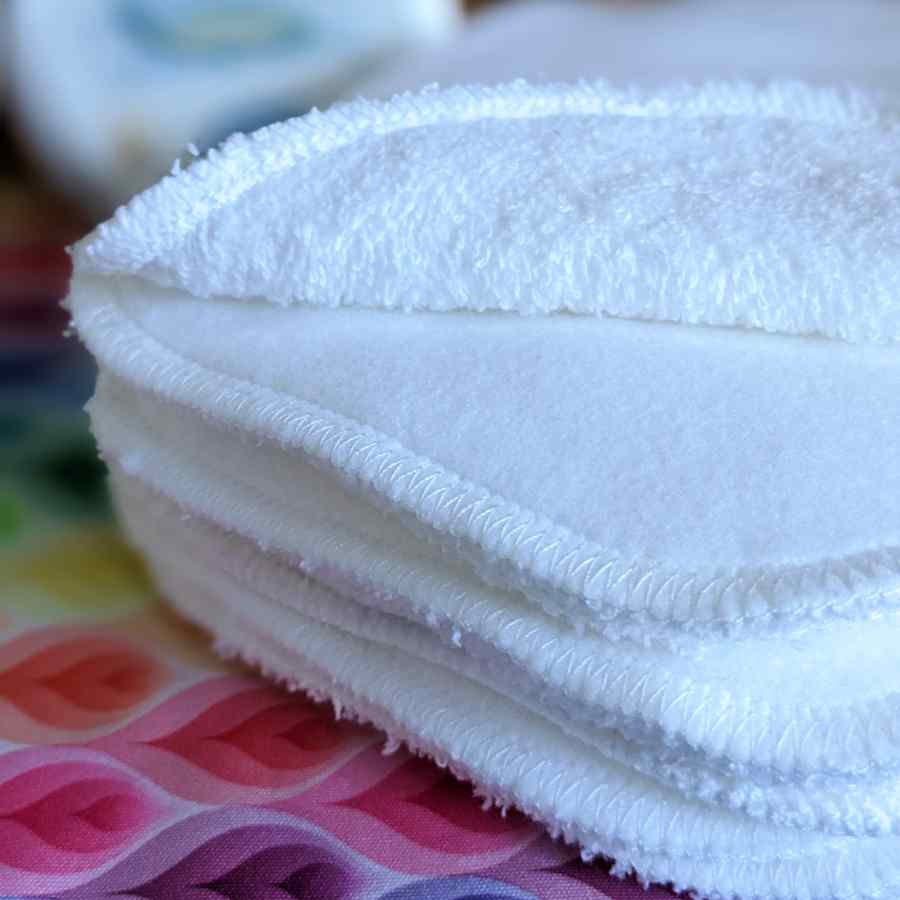
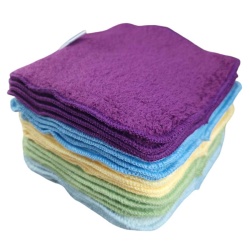
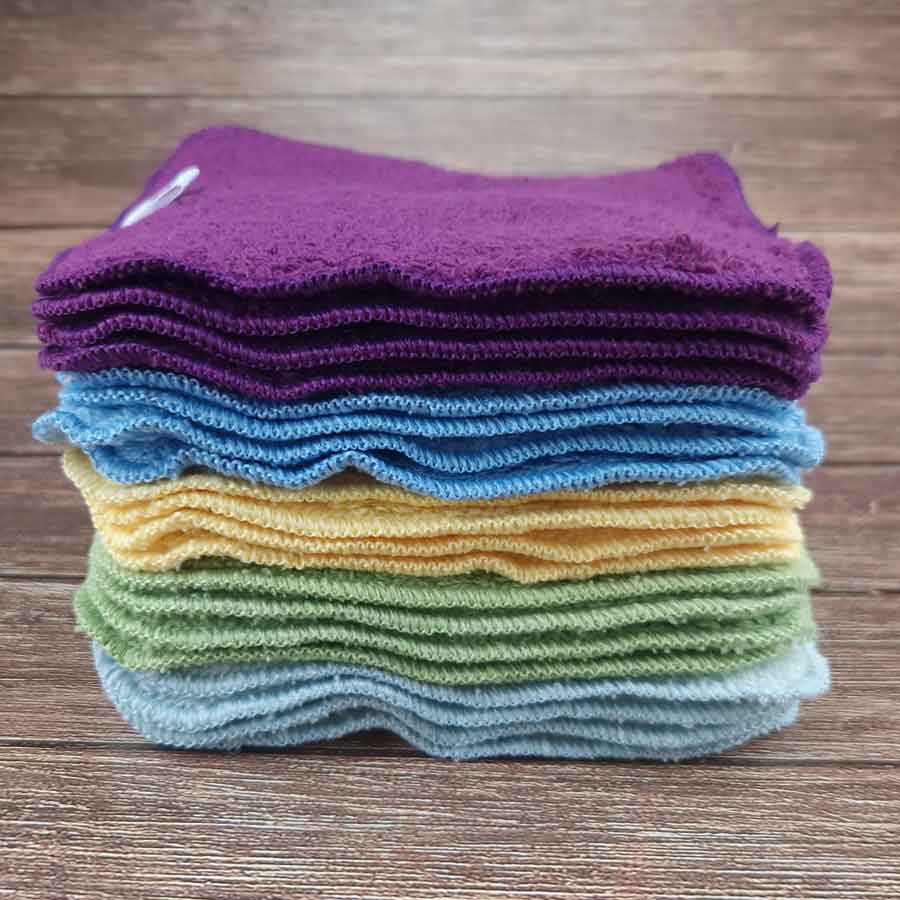
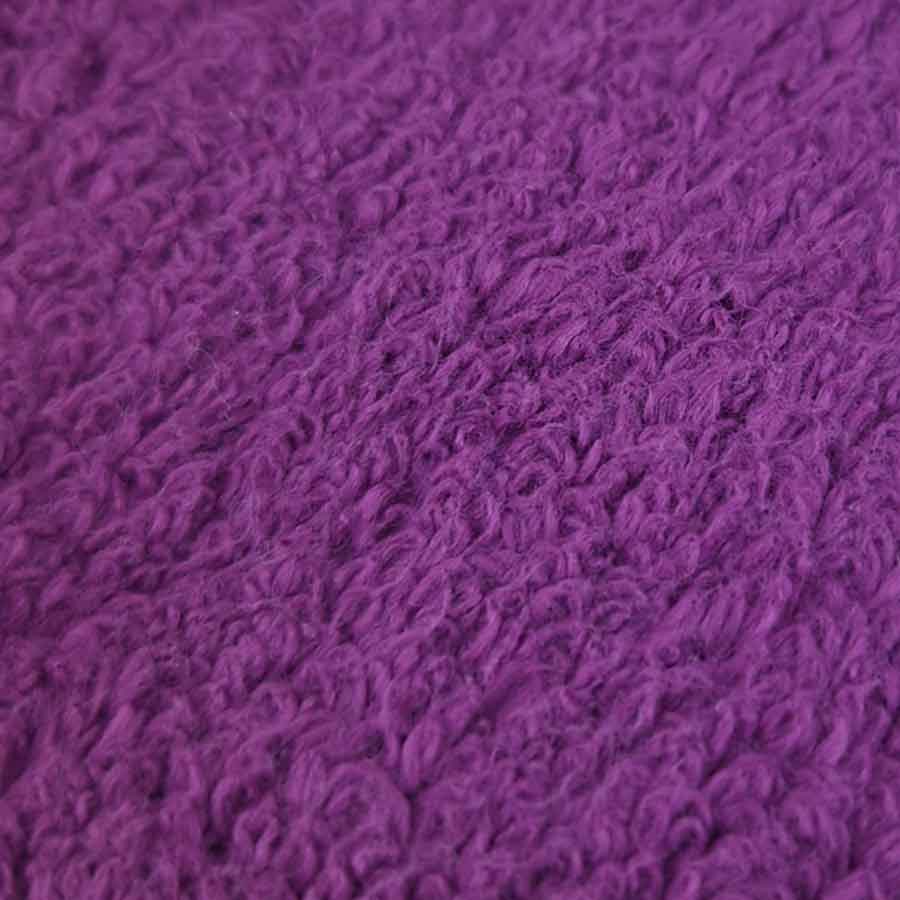
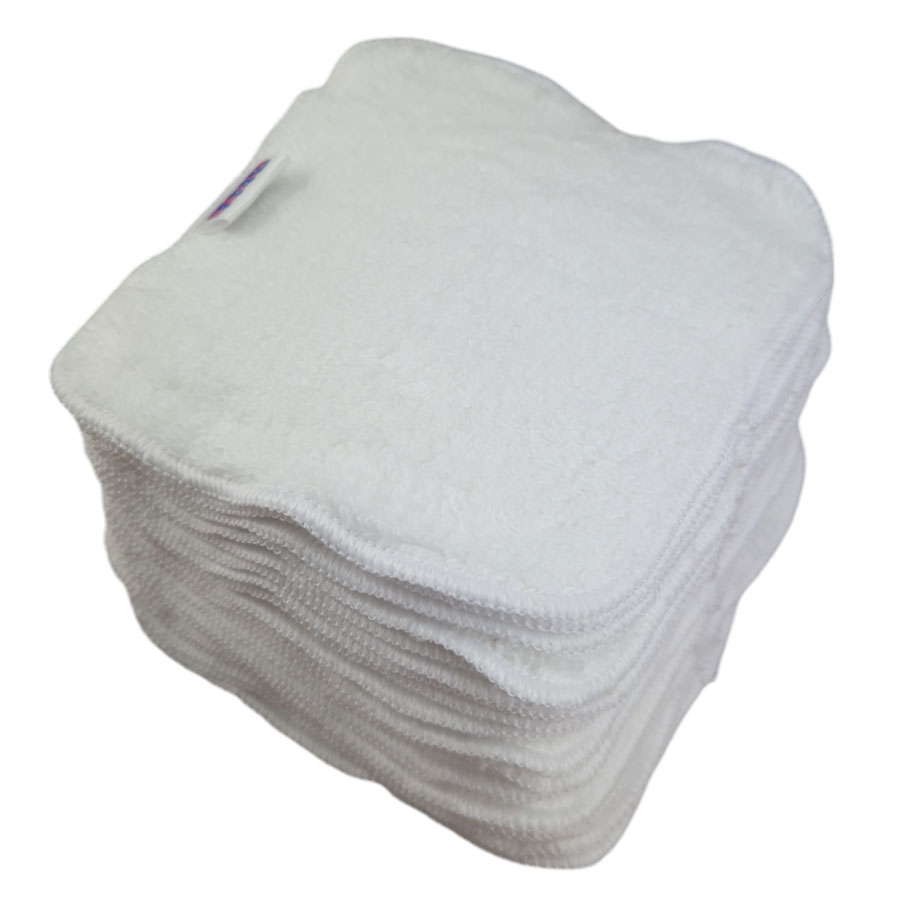
.jpg)
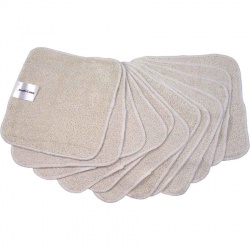
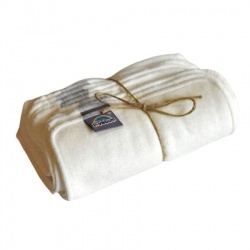
.jpg)
